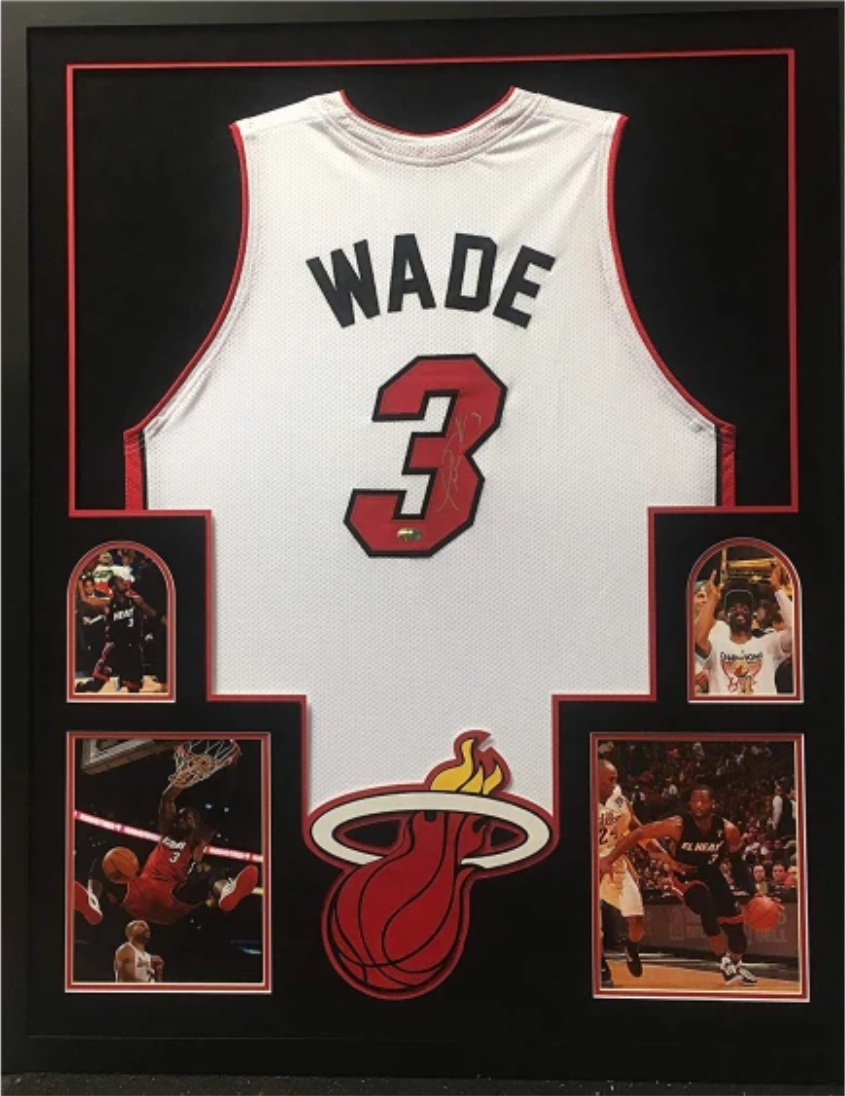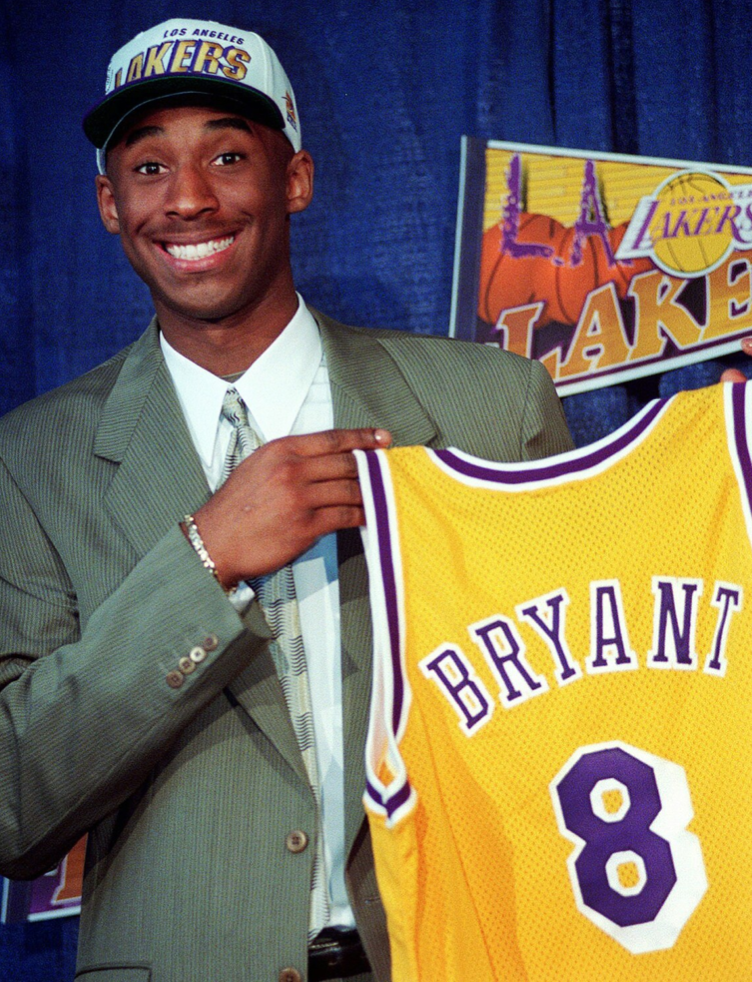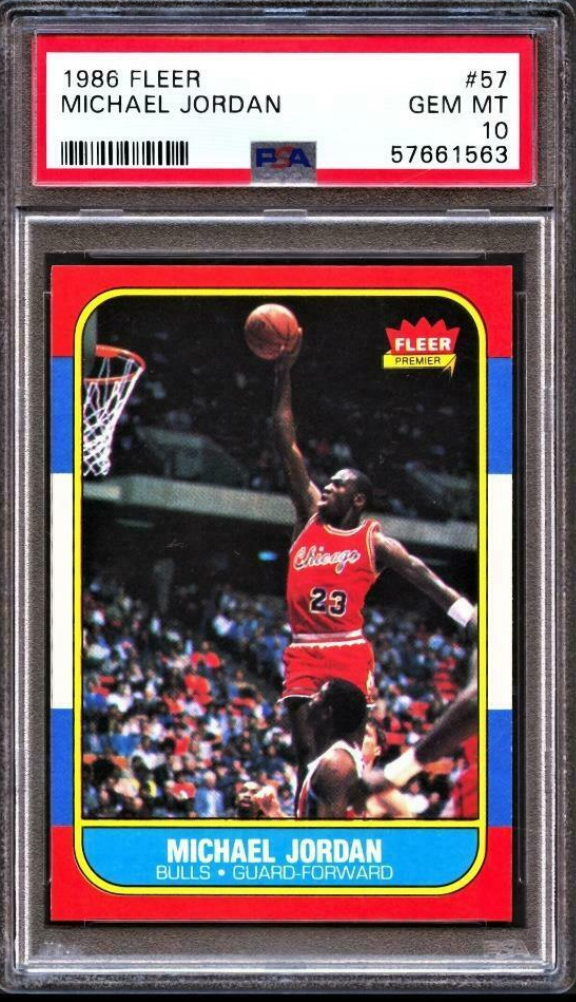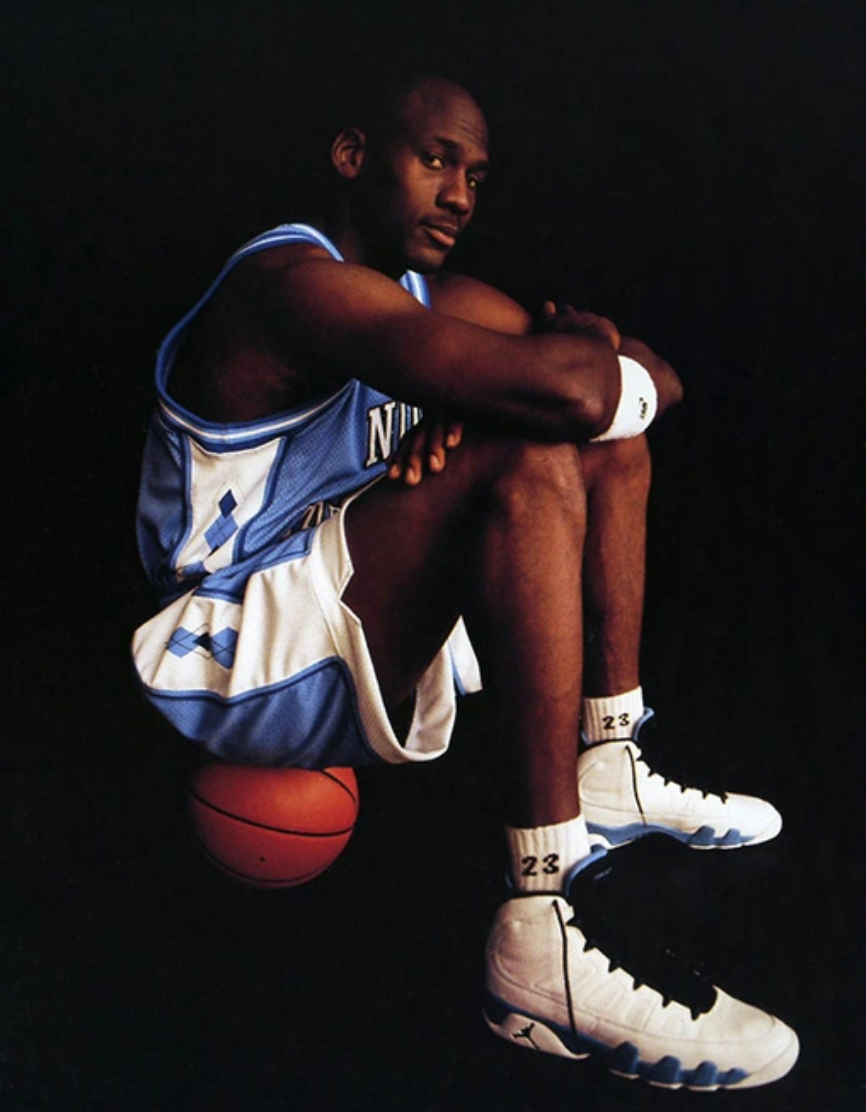For decades, sports fans have turned to collectibles and memorabilia as a way to connect with their favorite teams and players. As the world evolves and individual taste changes, one thing stays constant: people have a connection to the game that extends far beyond the court. In this article, we take a look into the history of sports collectibles and where we are today.

What are collectibles?
Collectibles are items that are sought by after collectors, often due to their rarity or popularity. In the sports world, collectibles include items such as signed jerseys, in-game memorabilia, sneakers, trading cards and—in our generation—now include digital assets. In this article, we will explore the history and evolution of each of these categories of NBA collectibles.
A Brief History of NBA Collectibles
Jerseys and Signed Jerseys
While physically attending an NBA game is a coveted rite of passage for many fans, buying and collecting official jerseys is a way of expressing love for the game beyond the 48-minutes of playing time. Jerseys have been a source of unity and identity for teams and communities as far back as the early 20th century.
However, average basketball jerseys can be purchased almost anywhere; signed jerseys are what true collectors and superfans look to fill their man caves. Autographs have a significant impact on the resale value of the jersey—and the bigger the star is, the more rare and coveted the collectible is considered.
Price tags attached to signed jerseys are jaw-dropping. In 2021, a game-worn jersey belonging to Michael Jordan from his 1982-83 championship season at the University of North Carolina sold for $1.38M, making it the most expensive Jordan jersey sale ever. Shortly after, in May 2021, an autographed Kobe Bryant jersey broke the record for the highest-selling jersey of all time with a sale of $3.69M.

Sports Cards
After obvious items like basketball jerseys became ubiquitous in fan collections, people turned to NBA sports cards. In 1948, the first NBA sports card pack was released by Philadelphia-based manufacturer of bubble gum, Bowman Gum, and the pack included a rookie card of NBA legend George Mikan. These cards were incredibly popular in the 1940s and led to Bowman being later acquired by the now-popular Topps in 1956. Topps later released its own first set of NBA cards in 1957 with mint condition cards selling incredibly well; some cards, like Bill Russell’s, sold up to $10,000.
In 1991, sports cards got a lot more serious. The Professional Sports Authenticator, or PSA, started grading cards on a rigid system of requirements that would determine the value of each card. The standardization of trading cards allowed a more mainstream audience of collectors to understand the value of trading cards as an asset class, as well as the importance of taking care of the physical cards themselves.

Nowadays, PSA Mint 10 cards of legends like Michael Jordan are selling in the millions and the value of the market only seems to be going up. We should’ve never let our parents sell ours at a garage sale.
Sneakers
Sneakers are a common part of everyday life, but over the past few decades, we’ve seen them grow exponentially in value and become an integral part of sports fans’ collections. When did it all start? Well, we have (possibly) the greatest basketball player of all time to thank for that, Michael Jordan. In 1994, Jordan was the first to wear player-editioned (or “PE”, hint: a nod to our company name 😉) Air Jordan IXs on the court.
After that fateful moment in 1994, a new collectible was born. Michael Jordan fans went absolutely ballistic over Air Jordan sneakers, paying thousands of dollars above the bidding price in auctions for a chance to own the coveted sneaker. Since then, the sneaker collectible category has ballooned. Companies like StockX and GOAT were founded primarily for the purpose of reselling sneakers. StockX estimates that the global sneaker secondary market is worth $6 billion today!

Non-Fungible Tokens (NFTs) and Digital Assets
Last, but certainly not least, we’ve seen the emergence of non-fungible tokens, or NFTs, as digital collectibles. For anyone who isn’t aware, we’ll break it down: NFTs are tokens created on the blockchain that gives full, traceable ownership to the individual who purchases them through wallet verification. NFTs aren’t just art either, there are hundreds of different utilities that can draw people to buy them such as entry to closed communities, IRL meetups, staking rewards and merchandise among others.
How does this tie to sports collectibles? Sports cards or clips in the form of NFTs are very similar to owning traditional trading cards. Many believe that the fact they can’t physically hold the card or can “screenshot” the NFT makes these collectibles less valuable than traditional cards. But that’s where the beauty of the blockchain comes in. Each piece bought is verified by the blockchain, meaning each token is verifiably unique and can only be owned by one individual.
NFTs are the most recent revolution in the history of sports collectables. These digital assets have changed the game: instead of worrying about sending sports cards to PSA for review, fans can now collect and trade instantly.
What’s Next?
The history of NBA collectibles has deep roots. It seems that no matter how crazy technology gets, fans always crave connection back to their favorite players and teams. At Player Edition, we firmly believe in a future where digital and physical blends together. Just as jerseys and sneakers have done for decades, there is massive potential in digital goods in connecting and uniting communities.
About Player Edition
Player Edition is building a technology platform for athletes to launch fan communities, built on NFT technology with web3 values. Our world-class team of art, business, and technology professionals have decades of leadership in the technology and professional athletics industries. We live for this stuff, we love it, and we’re hiring! If you think you have the skills to build the future, shoot us an email at team@playeredition.com or check us out at playeredition.com.
About the Writer
Adam Hamden is an intern at Player Edition and a recent graduate from the University of Southern California with a B.S. in Business Administration.